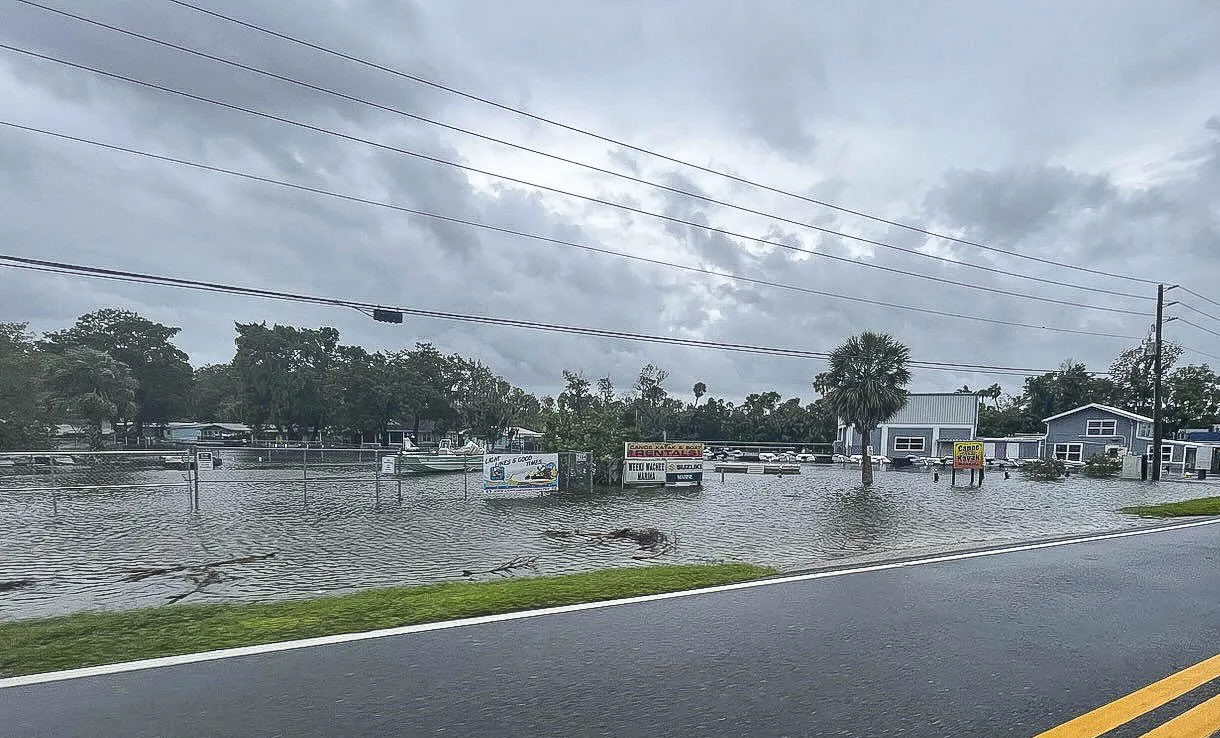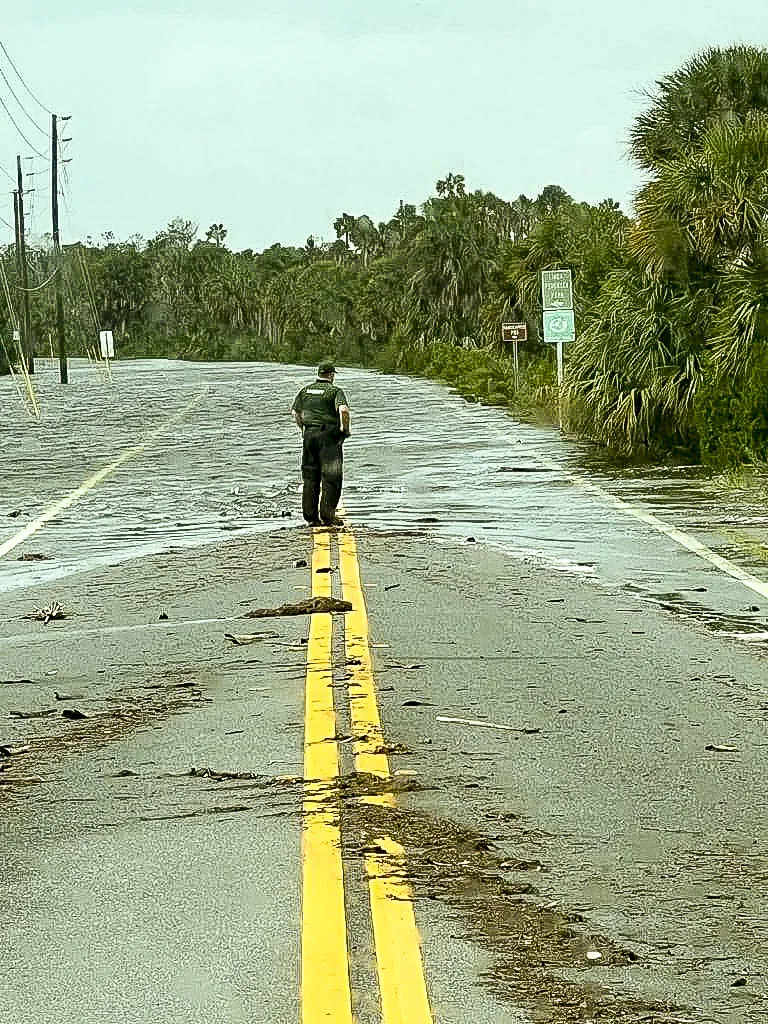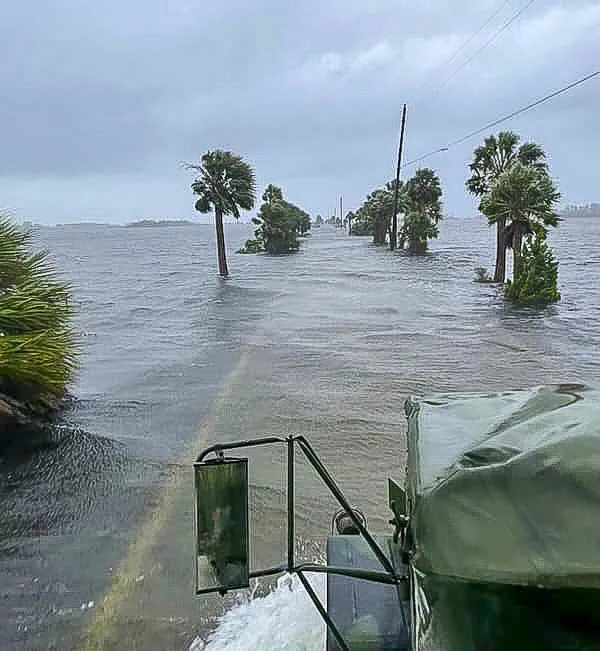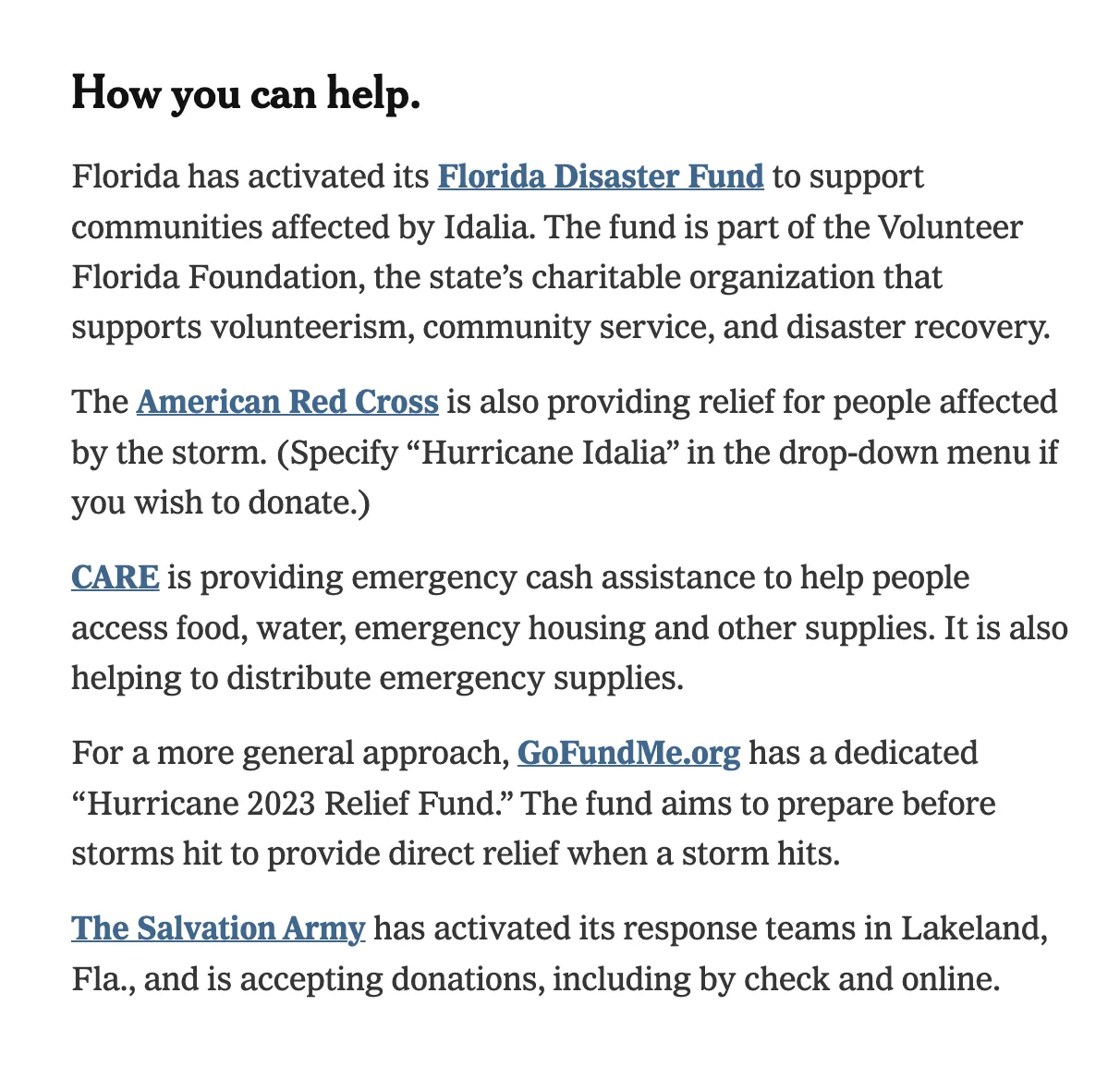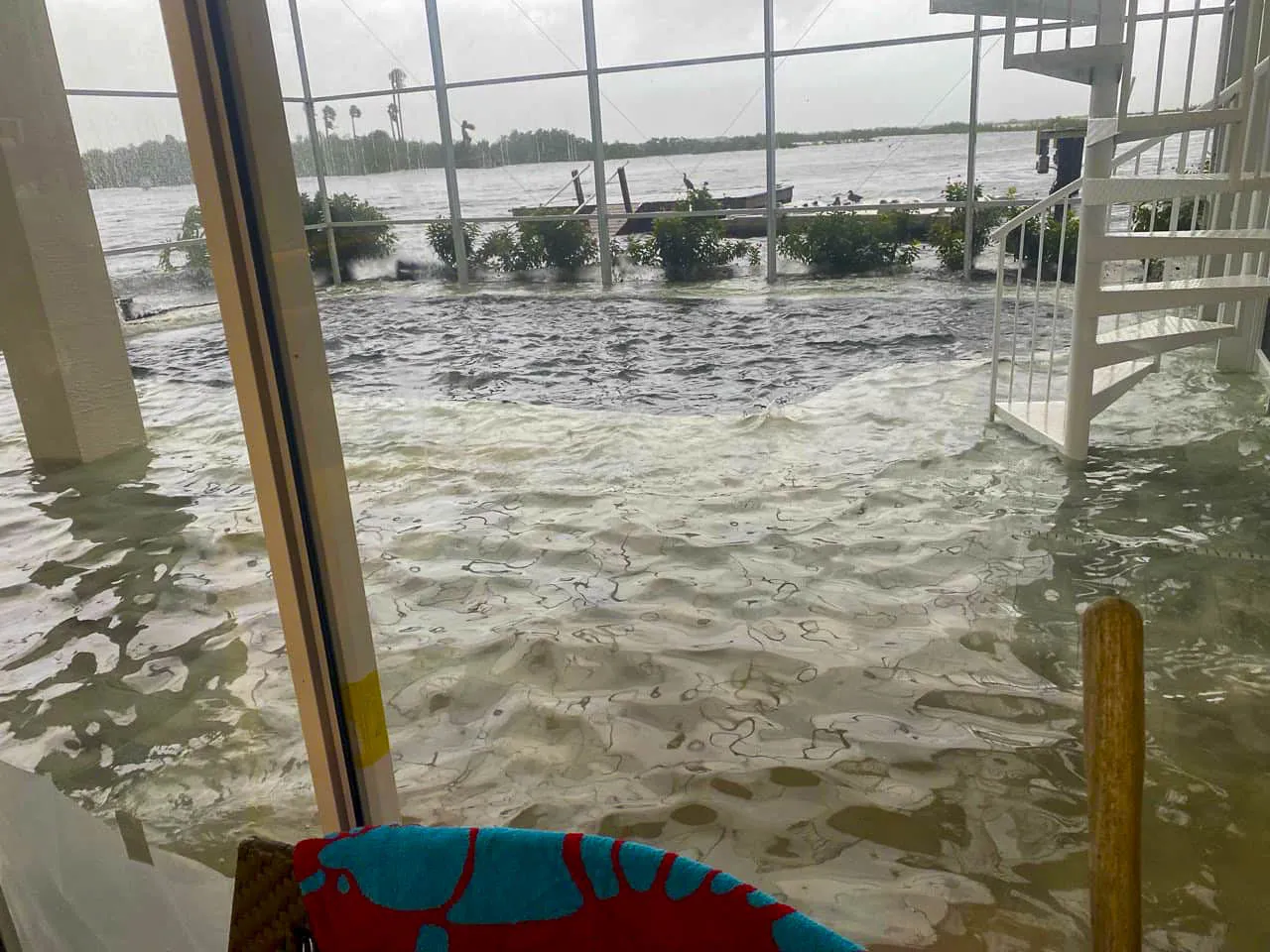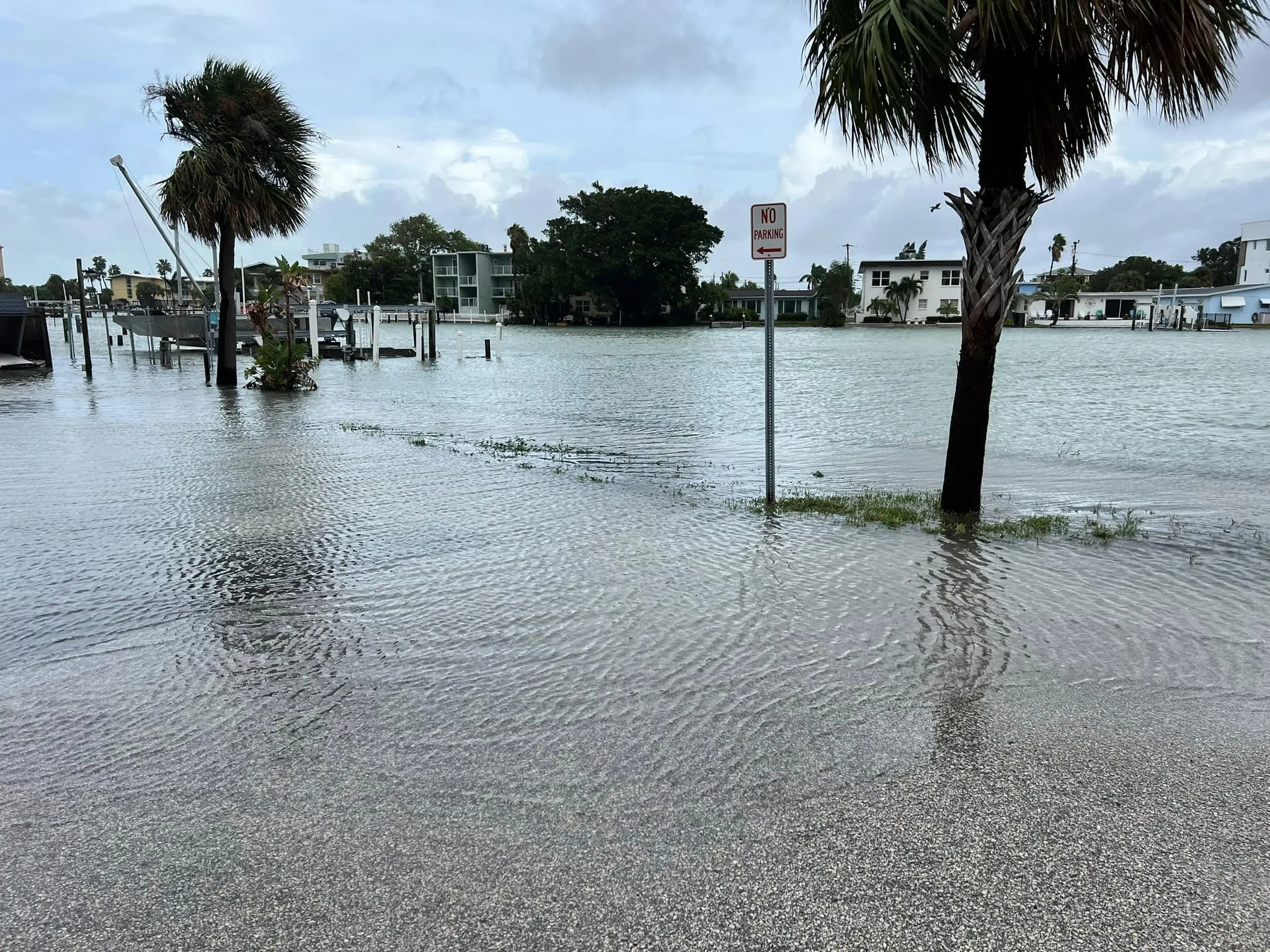Since 2020, CARE has worked to create a network of humanitarian partners around the U.S., particularly locally led organizations rooted in their communities, to provide food, jobs, and emergency resources through the CARE Partner Relief network.
Last year, the the network mobilized a rapid response to Hurricane Ian, providing $238,500 in emergency cash assistance to 258 families, 92% of them women-headed households and 96% Black, Indigenous and People of Color (BIPOC).
In response to Idalia, CARE is working with Feeding Tampa Bay (FTB), a CARE Network partner that collaborated successfully with CARE during its response to Hurricane Ian and that focusses on one of the regions Idalia’s landfall has hit the hardest.
For the immediate relief phase, CARE and its partners are providing up to $1,000 in cash assistance to affected families, so they can purchase items they need to weather this crisis.
CARE is widely respected worldwide for its experience in effectively using cash interventions as a tool during emergencies. In the U.S., cash is often what families need most, yet is an underused tool in the emergency relief space. As the New York Times notes, “when natural disasters arise, so do the opportunities for fraudsters who prey on people in need and exploit the generous impulses of others,” which is another reason direct assistance can be effective.

